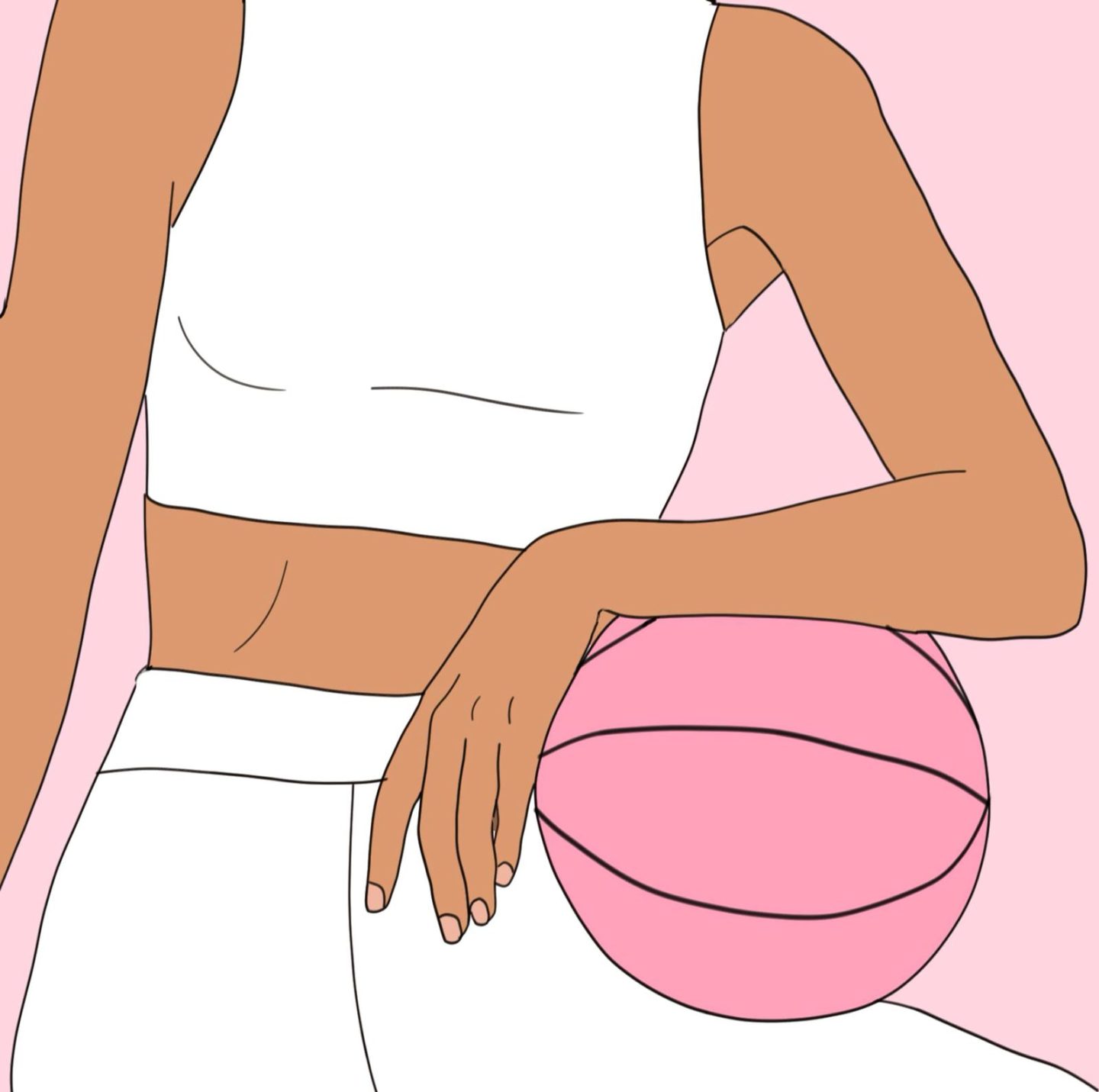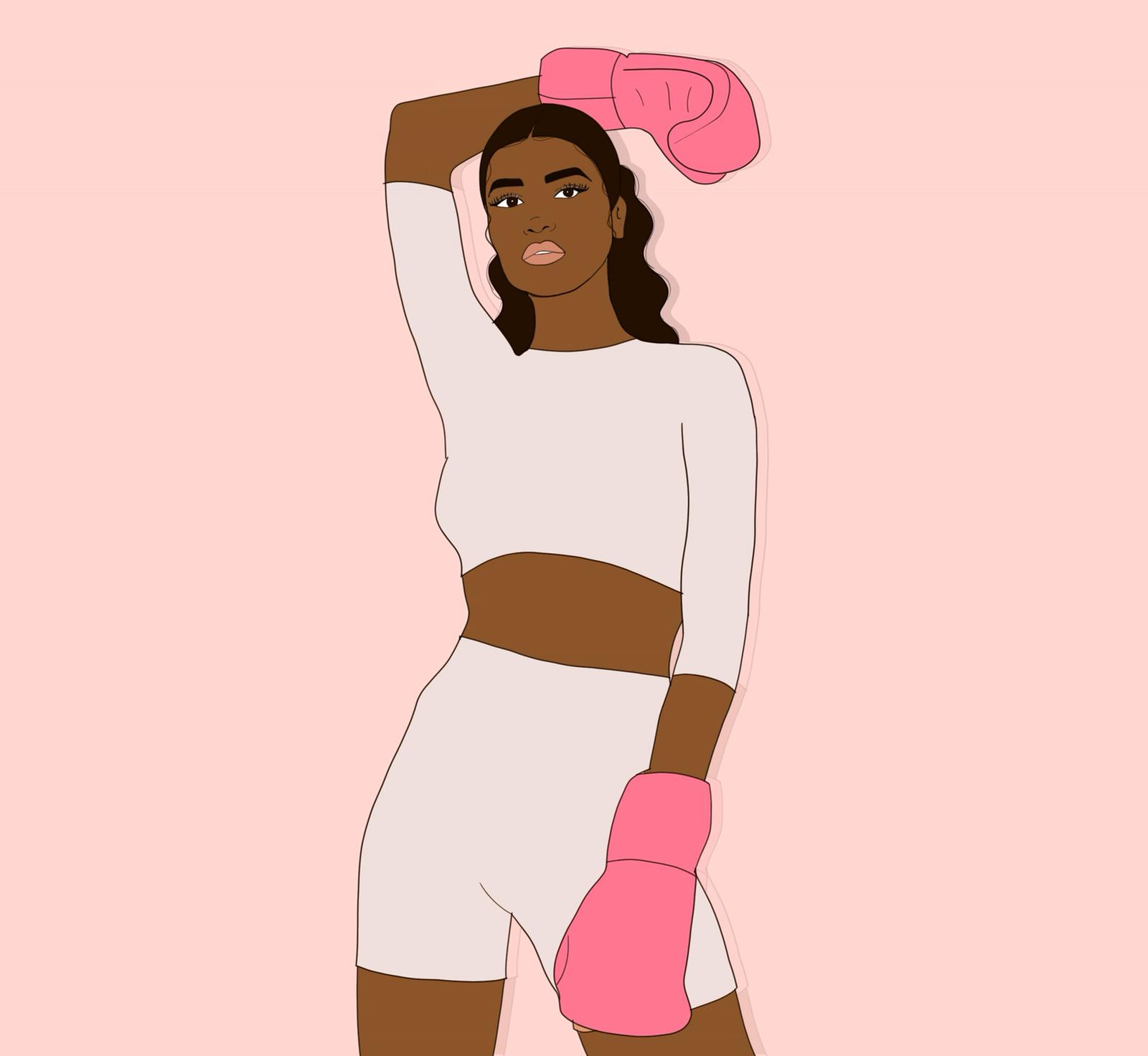The gender inequality in professional sports debate has been a long-standing one. As we well know, gender distinctions start from early on as boys and girls develop an understanding of gender roles. How one should look and behave are associations that they carry into social activities such as sports.
Professional sport has always been male-dominated and the association between sports and masculinity is represented by its gender divided history. As a result, women’s sport is often marginalised. Gender-based discrimination prevails in a number of areas in the sports industry including viewership, endorsements, prize money and the wage gap.
While women’s sports has made some headway over the years, like the Women’s World Cup in 2019 which attracted a record number of global views, gender equality in professional sports is still amiss and female athletes continue to face problems.
Blowing the whistle on gender inequality
Women’s sport has never attracted quite the same attention as men’s. A number of factors are used to argue against women in the sporting industry to undermine their success. Perhaps the overarching argument for this is women’s traditional place in society: to carry out domestic chores and rear children. A perfect example of this can be seen back in 1921 where the FA female football league was banned after just one year. The FA concluded that it was ‘‘unsuitable for females and ought not to be encouraged’’.
In male sports, power and strength are often portrayed and are typically associated with men. On the other hand, women are perceived as passive and gentle, and by deduction, should not openly participate in activities which stray from the norm.
The contention between athleticism and femininity is an interesting one. Aggression and strength are seen as advantages to succeed in sports. However, these are not characteristics that society traditionally associates with women. In fact, you often see women encouraged to participate in specific sports that are typically associated with feminity, such as netball. These require less physical contact and arguably less demonstration of physical power.
Double standards between male and female players are one of the many issues that reflect gender discrimination. Take on court decorum for example. Outbursts from women are considered inappropriate, whereas their male counterparts are seen as outspoken for the same type of behaviour.
In addition, female athletes also face pressure pertaining to body image. Selectivity in endorsement deals shows clear evidence of this. Research shows that male athletes are chosen based on performance whereas female athletes are judged on attractiveness.
Winners and losers

Arguments that undermine women’s visibility in sports reinforces the lower value that is placed on them by the sports industry. This results in inadequate resources given to fund them, which restricts progression.
Let’s look at marketing for example. I remember searching for a Women’s World Cup 2019 tournament wall chart like the Men’s World Cup one, which had been readily available the year before. But no luck. A counter-argument against female sports is that women won’t earn as much as men because they don’t generate the same support and income, but if marketing is as scarce as it is, how could this change?
Equal pay is another facet. For the 30% of sports that don’t offer the same winnings between men and women, the difference can amount to millions. Tennis champions, Venus and Serena Williams, have been at the forefront of this and successfully fought for equal prize money delegation in tennis majors.
Biology and brawn
The basis of gender inequality in professional sports isn’t simply a matter of monetary value but also performance. Take the case of South African champion athlete, Caster Semenya. Her complex case brought the question of biology, appearance and athleticism to the forefront.
The IAAF targeted Semenya for her advanced athletic ability. This led to a ruling for her to be tested. Semenya was found with higher testosterone levels than normal in females. The outcome of the case meant that she would now have to take medication to reduce her levels of testosterone.
Semenya’s difference in natural sexual development is not the problem here. It is the institutions’ discriminatory practices in their selection and their ruling. Semenya’s advanced athleticism, broad facial features and body shape mean that she does not ‘look’ like a typical woman and her excelled performance is not ‘normal’ for women in athletics. The IAAF’s gender stereotyping lies in their questioning of her sex and gender. Their ruling for her to be tested and treated promotes this gender discrimination.
Where discrimination is concerned, stigmas in sports also prevent progression for female athletes’ health and performance. One of the more obvious biological differences that separate men and women is the female reproductive system. In professional women’s sport, it is general knowledge that energy availability works in tandem with a women’s menstrual cycle. Many sports organisations see a lack of professional advice in this area. This is because sports authorities neglect the importance of these factors during performance.
Spurring on
Despite the fact that more men partake in sports than women, more devotion to women’s sport would no doubt produce greater output. We can establish from the number of cases demonstrating gender inequality in professional sports that progression starts from the ground up. This is instrumental in developing an understanding of the inequalities that prevail in the industry.
Though progress has been made to provide an equal footing in women’s sport, there is still a long way to go. Campaigns like This Girl Can are championing women to feel more comfortable partaking in sporting activities without fear of judgement.
Important factors that aid in outreach such as marketing, education, opportunities and facilities as well as campaigning have all been argued to make a grave difference to the perception and reception of professional women’s sports. Continuing to further support these aspects of industry will change the game for us all.
Find more feminism articles here >
Written by Lauren Johnson
Illustrated by Francesca Mariama

